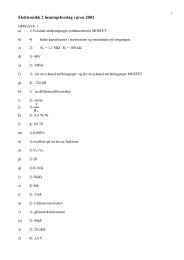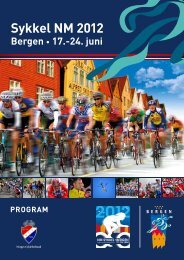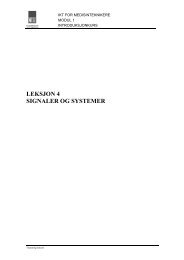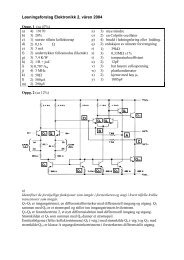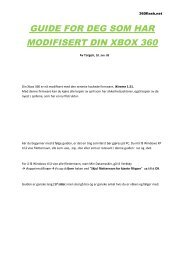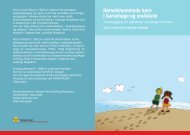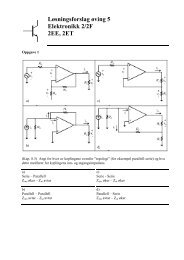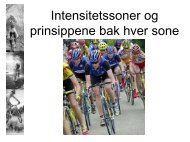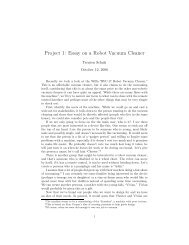The Online World resources handbook
The Online World resources handbook
The Online World resources handbook
You also want an ePaper? Increase the reach of your titles
YUMPU automatically turns print PDFs into web optimized ePapers that Google loves.
Automatic communication http://home.eunet.no/~presno/bok/16.html<br />
Off Line Xpress, an offline mail reader for QWK (Qwikmail) packets,<br />
does not contain a communications module. It just does pre and<br />
postprocessing of mail packets.<br />
You can use the Off Line Xpress as one element in a larger<br />
automated system. For example, a system for access to PCBoard bulletin<br />
boards may consist of Off Line Xpress software, PKZIP and PKUNZIP<br />
(popular shareware programs to compress/decompress mail packets), the<br />
QMODEM communications program, and a script to navigate to/from the<br />
QWK packet send and receive area on the BBS.<br />
1stReader contains a powerful script based communications module.<br />
It let you compose replies, set search commands, subscriptions to services,<br />
add and drop conferences, and enter download commands offline.<br />
Automatic automation<br />
We have explained how to write scripts with Procomm. However, there are simpler and<br />
quicker ways. Many communications programs can make scripts automatically using a<br />
learning function. It goes like this:<br />
Start the learning function before calling the online service. <strong>The</strong>n log on, navigate<br />
to the desired services, do what you want to automate, and disconnect.<br />
<strong>The</strong> learning feature analyzes the received data and builds a script file for<br />
automatic communication.<br />
If you call again with the new script, it will "drive the same route one more time."<br />
ZCOMM and ProYam have a learning feature. This is how I made a script for<br />
accessing Semaforum BBS using ZCOMM:<br />
ZCOMM asked for a phone number. I entered +47 370 11710. It asked for<br />
speed, and I entered 14400 bps. Next, I had to choose one of the following:<br />
(1) System uses IBM PC (ANSI) line drawing<br />
(2) 7 bits even parity<br />
(3) 8 bits no parity<br />
My choice was 1.<br />
ZCOMM dialed the number. When the connection was set up, I<br />
entered my name and password, navigated to the message section, read<br />
new messages, browsed new files in the library, and entered G for<br />
Goodbye. This was the "tour" that I wanted to automate.<br />
When disconnected, I pressed the F1 key. This prompted the learning<br />
process based on a record of the online tour. <strong>The</strong> log described everything<br />
that had happened in detail, including my pauses to think. Now I was<br />
prompted by the following question:<br />
'newscr.t' exists. Append/replace/quit?<br />
I selected append. <strong>The</strong>n:<br />
Do you want this script file as a new entry in your<br />
telephone directory (y/n)?<br />
I entered "y," and named it "semaforum." After a few seconds, my new script<br />
was ready:<br />
Your new script is in the file 'newscr.t' !! You can append the file<br />
to your current script file (for example PHODIR.T) or have the<br />
commands executed by entering:<br />
call semaforum.newscr.t<br />
It was time to test the new wonder. I entered<br />
call semaforum.newscr.t<br />
at the ZCOMM command line, hit the ENTER key, and off it went.<br />
ZCOMM called the BBS and repeated everything at far higher speed<br />
than I had done it manually. It went on hook as planned when done.<br />
8 of 9 23.11.2009 15:49



